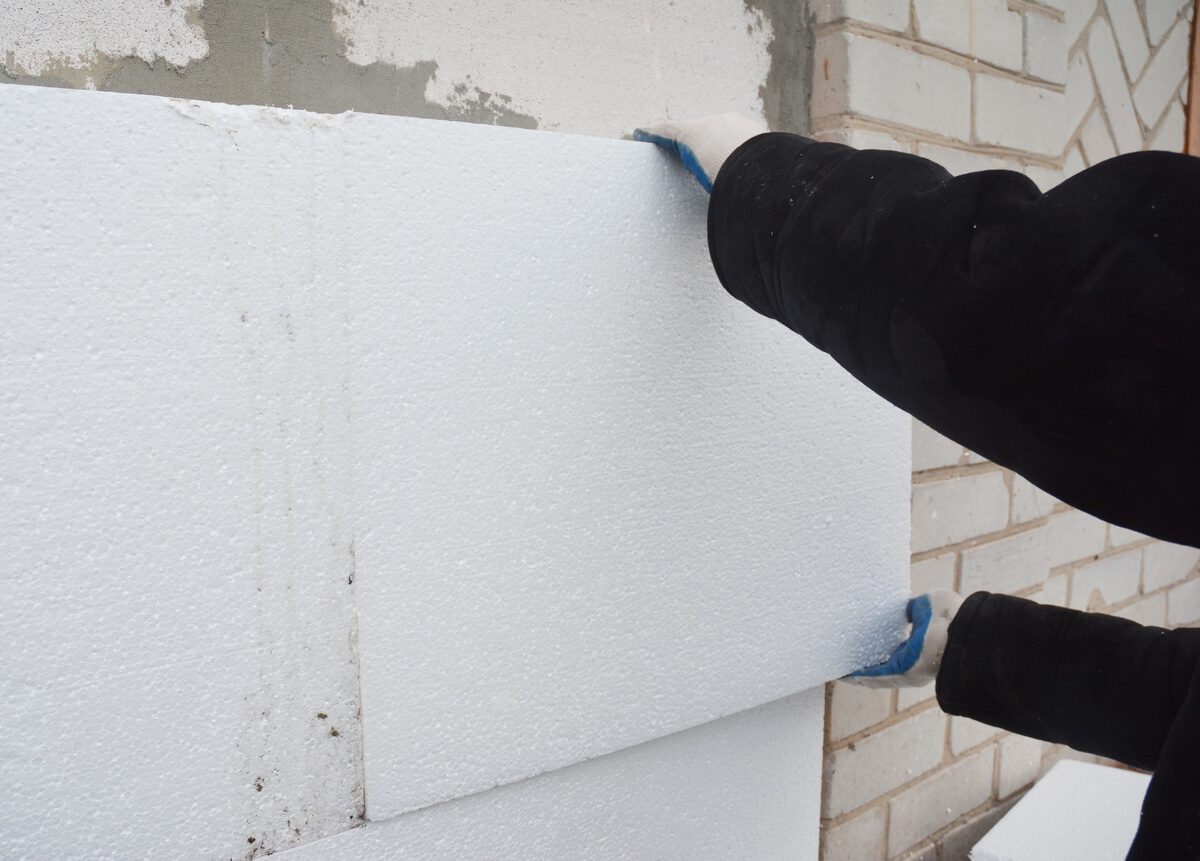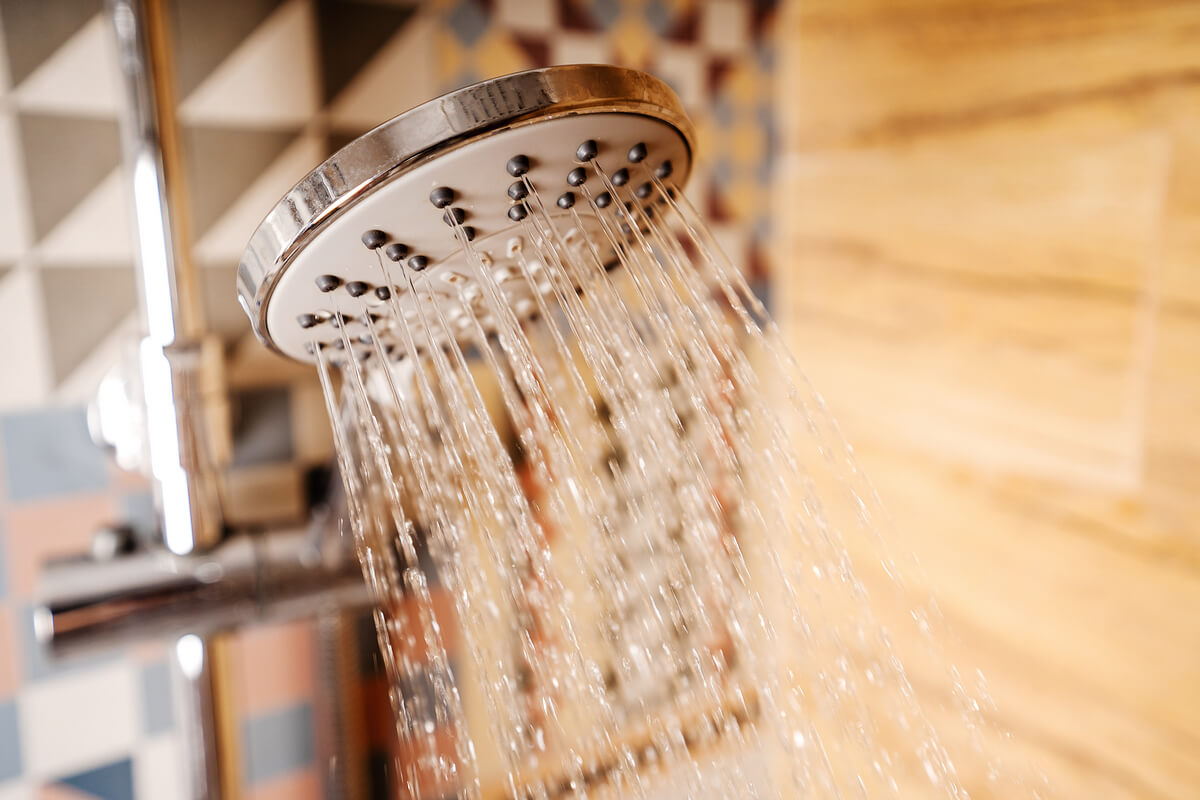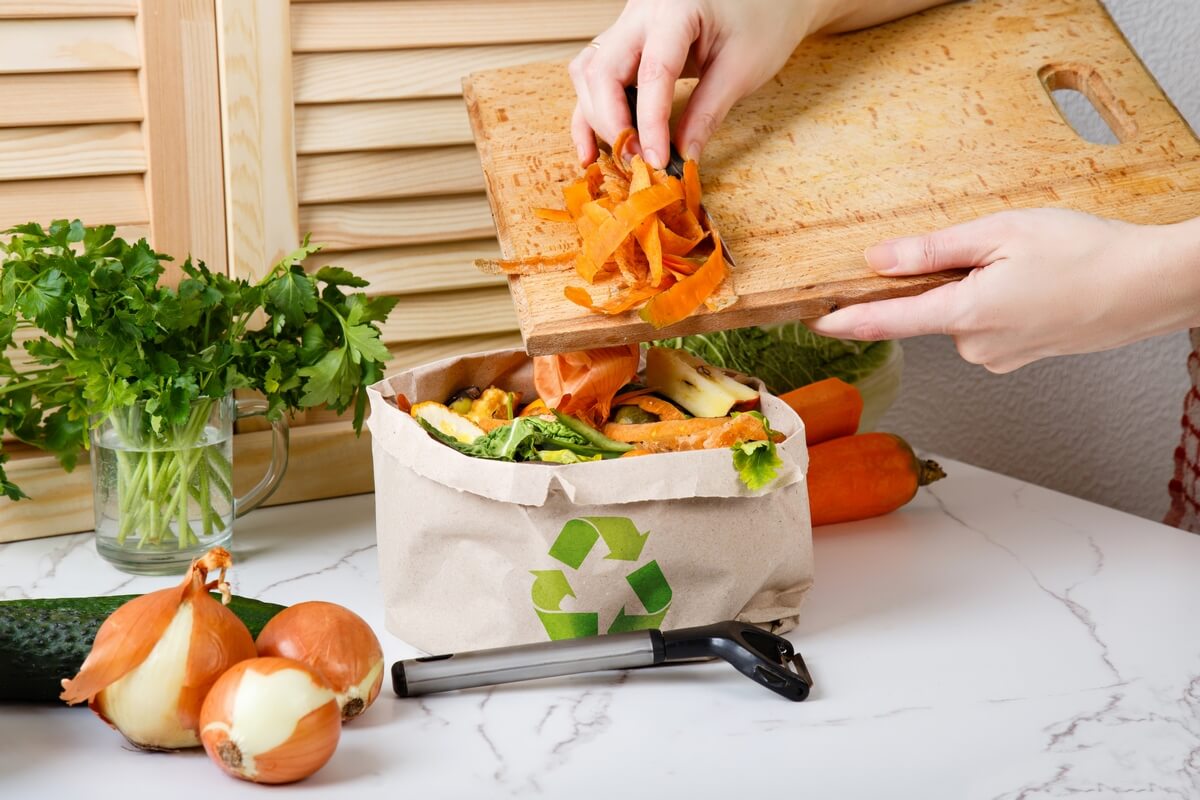Reducing emissions and waste is one of the most important tasks our society currently faces. The average home contributes a great deal to carbon emissions, but there are a wide variety of ways you can make your house more eco-friendly. Not only are these changes good for the environment, but they can also make your home more efficient and save you money over time.
You don’t have to go to extremes to live an environmentally conscious lifestyle. Even a few simple changes can make a big difference. Here are some of the best ways to reduce your home’s carbon footprint:

Install LED Lights
LED lights are far more efficient than standard incandescent light bulbs. Lighting makes up a significant portion of your home’s emissions, but LED bulbs use about 80% less energy than traditional lights. They may be more expensive up-front than incandescent lights, but they’ll save you plenty of money on your electric bill over time.

Set Temperatures Mindfully
Heating and cooling costs account for about half of your home’s energy usage, and a few degrees can make a big difference. In the winter, consider keeping your home a few degrees cooler. You probably won’t notice much of a change, but you can layer up with warm clothes or a blanket if you feel chilly. In the summer, keep the thermostat a few degrees higher. You’ll use less energy and reduce the wear and tear on your cooling system.
You could also consider investing in a smart thermostat. This device can adjust the temperature of different rooms in your house throughout the day to reduce your energy usage. For instance, in the summer, you could program the thermostat to keep temperatures slightly cooler in your bedroom while you’re sleeping but warmer during the day while you’re out of the house.

Insulate Your Home
Poorly insulated homes have much higher carbon footprints and utility bills. It’s incredibly easy for warm air to escape in the winter and cool air to escape in the summer. Insulating your house is a very cost-effective investment. You can seal cracks or gaps in the doorways and windows yourself. If your attic or basement aren’t insulated, you could hire a professional to add insulation. This is one of the best ways to keep your home at a comfortable temperature while reducing your energy consumption.

Reduce Hot Water Usage
Hot water is a major contributor to your home’s carbon footprint, but there are plenty of ways you can cut down on your hot water usage. One of the easiest is to wash your clothes in cold water. Cold water is just as effective for laundry as hot water, and it can help your clothing last longer.
You could also set your water heater’s thermostat to 120 degrees to reduce energy use. Water heaters typically come preset at 140 degrees, but decreasing it to 120 degrees can significantly lower your heating bill. Setting the thermostat to a lower temperature can also reduce your risk of scalding. Consider insulating the water tank by wrapping it in an insulation blanket, too.

Upgrade to Efficient Appliances and Systems
Appliances like your dishwasher, refrigerator, and washing machine use up a significant amount of energy. While you shouldn’t replace an appliance that’s in excellent condition, you should consider an energy-efficient upgrade if an appliance breaks. Appliances that are certified by Energy Star tend to be the best for your home’s carbon footprint.
Investing in efficient plumbing and HVAC systems is another effective way to make your home more eco-friendly. Heat pumps are the most energy-efficient systems for both heating and cooling, and low-flow toilets can reduce your water consumption.

Choose Sustainable Kitchen Items
Reducing your home’s carbon footprint isn’t just about cutting back on energy usage. Your household purchases also affect the environment. Making careful and conscious choices about the products you use can have a big impact, and one of the best places to start is the kitchen. As much as possible, opt for reusable items instead of disposable ones. For example, you could use glass containers for food storage instead of plastic baggies, or you could invest in a reusable water bottle.

Purchase Durable Furniture
Limiting the number of items you purchase is a great way to reduce your impact on the environment. Poor-quality furniture may be friendlier for your budget, but it will need to be replaced much sooner than sturdy, durable pieces. Repeatedly purchasing furniture items results in more waste and more emissions. If possible, opt for durable, timeless pieces that will last for decades or longer.

Plant Native Plants
In addition to cutting emissions inside your home, you can also make the exterior of your house more environmentally friendly. If you enjoy gardening, try to stick to native plants. This supports local ecosystems and can reduce your water usage. You could even swap your lawn grass for a beautiful and interesting field of native greenery. Although this is an unusual choice, it’s much healthier for the environment than a grass lawn.
BOTTOM LINE
Everyone shares a responsibility to cut emissions and reduce waste. As a homeowner, you can reduce your carbon footprint by using energy-efficient systems and appliances, purchasing long-lasting and reusable items, or maintaining a garden that’s well-suited to your local climate. Just one change can go a long way in making your home a more sustainable, eco-friendly living space.
AS ALWAYS . . .
BE SURE TO CHECK OUT THE:
- Home Valuation Tool
- Reach out for your personalized Home Value Report
- Calculate your future mortgage
Don’t forget the Home Buying and Selling Guides !
Never miss an issue by subscribing below and I look forward to speaking with you soon about your free Home Preparation and Market Analysis consultation!




